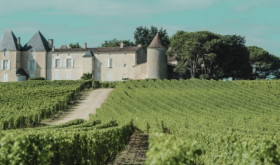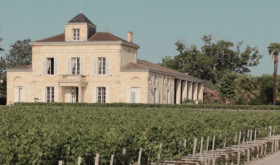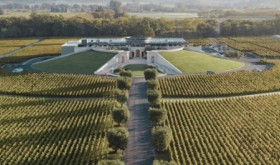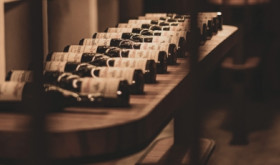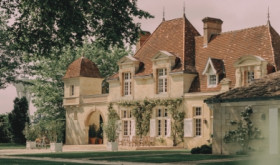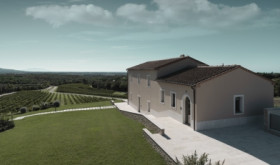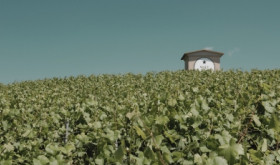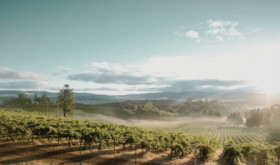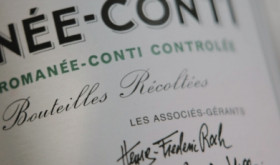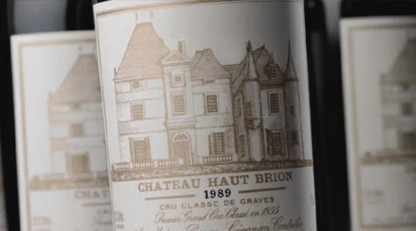
- 2025 marks the Year of the Wood Snake, with previous vintages under the same zodiac sign including 2013, 2001, 1989, and 1977.
- The Chinese zodiac has traditionally had an impact on wine demand in Asia, which in turn affects the price performance of highly sought-after wines.
- We highlight the best regions and wines from past ‘Snake’ years.
The Chinese zodiac continues to influence fine wine trends in Asia, particularly around Lunar New Year. 2025 marks the Year of the Wood Snake, with previous vintages under the same zodiac sign including 2013, 2001, 1989, and 1977. Below we explore the best regions and wines from these ‘Snake’ years and their investment appeal.
The significance of the snake in Chinese culture
In Chinese tradition, the Snake symbolises wisdom, intuition, and elegance. The Wood Snake specifically reflects growth, creativity, and a steady rooted approach to success. These traits align well with the qualities sought after in fine wines: depth, complexity, and balance. Lunar New Year celebrations often include gifting wines that embody these ideals, making vintages from previous Snake years highly sought-after.
Past ‘Snake’ vintages
2013
A cooler vintage in many wine regions, 2013 produced exceptional wines in Napa Valley, Burgundy and the Rhône. Burgundy excelled with refined reds and whites celebrated for their freshness and purity, with the best examples coming from notable producers such as Domaine de la Romanée-Conti and Comte Georges de Vogüé.
In Napa Valley, a warm, dry autumn contributed to standout Cabernet Sauvignon wines, including iconic labels like Opus One, Dominus, and Screaming Eagle earning high critical appraisal. These highly sought-after wines are likely to enjoy increased demand and rising prices in light of the year of the Snake.
The Rhône also over-delivered in 2013, with M. Chapoutier’s Ermitage Le Pavillon and Guigal’s single-vineyard wines demonstrating the vintage’s potential. In Italy, Barolo and Barbaresco shone brightly, with producers like Gaja and Vietti crafting wines with great ageing potential.
2001
Hailed as a classic vintage across several regions, 2001 is especially prized for high-end Bordeaux, which is now reaching its peak. Highlights include renowned estates such as Château Latour, Château Margaux, and Château d’Yquem. The latter achieved a perfect score from Robert Parker, cementing its status as one of the finest sweet wines of the century.
Italy’s Barolo region experienced a legendary year in 2001. Wines from Bruno Giacosa, Bartolo Mascarello, and Giuseppe Rinaldi are benchmarks of the vintage. Meanwhile, the Rhône delivered one of its best years, with Guigal’s La La wines setting new standards for Syrah.
1989
Widely regarded as one of Bordeaux’s greatest vintages, 1989 produced rich, opulent wines with excellent ageing potential. Standouts include Château Haut-Brion, which earned a perfect score from Robert Parker, and Pétrus. In Sauternes, Château d’Yquem once again delivered a reference point for the region.
Beyond Bordeaux, Germany enjoyed a successful year for Riesling. The Mosel and Rheingau regions produced highly collectible wines, celebrated for their vibrant acidity and age-worthy structure. These Rieslings remain a cornerstone for those seeking top-quality German wines.
1977
1977 was a triumphant year for Port production, which has made vintage Port from producers like Taylor’s, Fonseca, and Graham’s a cornerstone for collectors focused on fortified wines. Noteworthy wines from other regions include Domaine Leroy in Burgundy and Château Pichon Lalande in Bordeaux still surprise with their enduring quality and long drinking windows.
Market appeal of ‘Snake’ vintages
Buyers can find regional highlights across all of these Snake-year vintages that are likely to see increased demand in 2025, whether it is 2013 Napa or 1989 Bordeaux. The cultural significance of the snake adds an extra layer of allure in Asian markets, where symbolism often plays a role in purchasing decisions.
WineCap’s independent market analysis showcases the value of portfolio diversification and the stability offered by investing in wine. Speak to one of our wine investment experts and start building your portfolio. Schedule your free consultation today.
